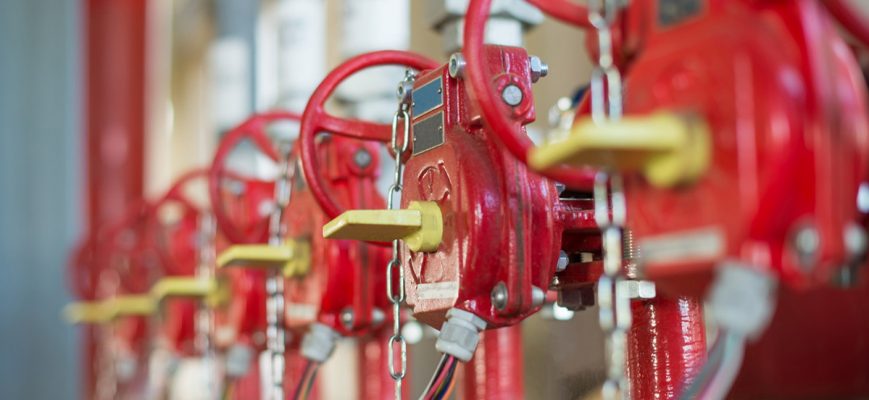Translation for Fire Protection is a highly specialised field
QuickSilver Translate is at the forefront of Fire Protection translation and localisation. Our President, Colin Whiteley, spent 30 years in international management positions in this industry. Colin has unmatched, first-hand experience of the issues and challenges of producing and maintaining multilingual, technical documentation. Since Quicksilver’s foundation in 2004, we have successfully completed more than 2,500 projects in all segments (water-based, detection, gas and non-water-based, electronic security, passive and others) for multinational clients in over 20 countries. As such, we believe we are now the world leaders in multilingual documentation services for this industry.
The Fire and Safety industry
The centre of expertise in fire and safety is found in the USA and Western Europe. These countries have led the world in technology development and implementation, with ever more sophisticated innovations. However, the fastest growth is currently in China and emerging markets such as Latin America and India. So it’s not surprising that simply assuming all your customers speak English is no longer adequate.
This is set against an increasingly complicated regulatory background. The Chinese authorities are by no means the only ones who now require all relevant approval documentation to be translated, and submitted in the local language. Gone are the days when VdS or LPCB approval was an instant passport to any country in the world.
The importance of quality translation and localisation
Research has shown that 77% of consumers prefer to buy products with information in their own language. But perhaps even more importantly, 70% of those surveyed would not enter a transaction where the information is in their language, but poorly translated. It seems that quality technology is not enough. It is quality communication of that technology that determines buying decisions.
Furthermore, the fire and safety industry is a special case. If, as a result of poor understanding of English or a bad translation, a fire and safety product, or system, fails to operate properly, it may be too late to just call back the technician.
The pitfalls of Fire Protection translation
Industry, and sometimes company-specific, terminology presents another challenge. Fire protection translation is a notoriously difficult area for even experienced technical translators. For example:
- The German for “detect” is “erkennen“, yet a fire detector is a “Melder“, which is literally not a detector at all, but an “annunciator“.
- Most languages have their own words for garden sprinklers, but fire sprinklers are mostly called “sprinkler” (“sprinkleur” in French, “sprinkler” in Belgium, but “gicleur” in Quebec), yet in Spain it’s “rociador” and in Poland “tryskacza“.
- Even English is full of pitfalls, since US and European usage have developed independently; anyone who has worked on a CEN working group knows the problems created by “system” and “installation“, “branch pipe” and “branchpipe“.
- And who would think that US “riser” sometimes translates as something as unlikely as “poste de contrôle” (control post) in French?
However, this linguistic complexity is the tip of the iceberg. Installation across the world is hindered and undermined by a lack of appropriate local language documentation. It is a sad, and potentially dangerous, fact that fire and safety products sold in English-speaking countries, with much flag-waving about quality control and technical competence, are exported to all corners of the world and installed or operated by local technicians with only poorly understood English-language guidance to refer to. Communications and safety are enough of a challenge in English. How can we hope to achieve anything close to that level of safety in overseas markets without professional language management?
Why QuickSilver Translate?
QuickSilver Translate’s team of highly experienced and specialised translators will ensure that all your technical documentation is absolutely accurate, both in terms of language, terminology, and figures. In an industry that seeks to protect… why take risks?

